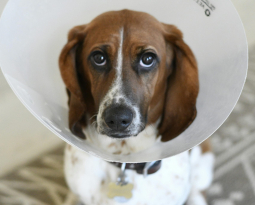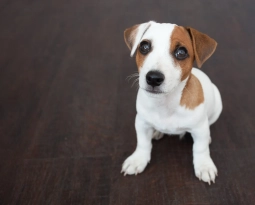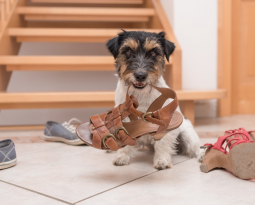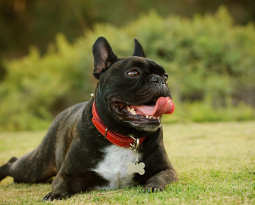We at Acoma Animal Clinic are pet lovers first and foremost. We have fish, cats, and yes of course dogs! We love our large furry families and we bring that love to our practices here. We want to help make sure your experience with them is as rewarding, happy, and healthy as can be. This month on the blog so far, we have offered tips to the adopting of pets. Following that we thought to offer a bit of a ‘How to’ when it comes to house training a dog!
How to Potty Train a Puppy
House training a puppy is about three things over all else: patience, consistency, and positive reinforcement. You want to build good behavior patterns in your furry friend and a happy, loving relationship.
The timeline to expect your puppy to take to become completely house trained is about 4-6 months, though in some cases it can take closer to a year. There are several indicators that might help you understand how much work this will be. The puppy’s prior living situation for example, might make it harder to rewrite over the bad habits. Size can also be an indicator. Smaller dogs will have proportionately smaller bladder and need more frequent outside visits.
While you may start the process of house training earlier, the time when puppies are most able to control themselves (and therefore able to put to practice what they’re learning) is about 12 – 16 weeks (3 -4 months). At this point, there are ready to learn!
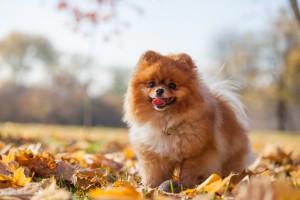
Keep the pup on regular feeding schedules! This will help you anticipate when they need to go out. Take the puppy out regularly. First thing in the morning and one last time at night. During the day take the pooch out every half hour to an hour. Remember to praise them whenever they go outside! That’s the critical building block, to give nice rewards.
Look for these signals that your puppy needs to go!
- Whining
- Circling
- Sniffing
- Barking
Using a crate to house train can be a great way to do it. When using a crate follow these guidelines to make sure it is as successful a training method as can be.
Make sure the kennel or crate is just large enough for the pooch to lie down, turn around, and stand in but not so large that they can use one of the corners as a bathroom.
If using a crate for longer than two hour stretches, provide the pup with fresh water.
Stop using the crate if the puppy is eliminating while inside. This could be a clue that they have previously established bad habits, or that the pup is too young to hold it, or the crate is too large. Establish what is causing this behavior and work to correct it.
Tips
- If your puppy is older than 12 weeks when you bring him home and has been relieving themselves in a cage, they may take longer to retrain. Especially if they’ve been eating the waste afterwards.
- Don’t punish your pet for having an accident. They’ll only learn to fear you.
- Spend enough time outside with the puppy. They may need more time to explore before getting comfortable enough to go.


